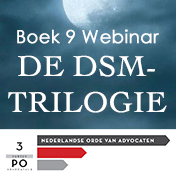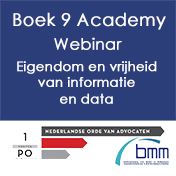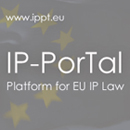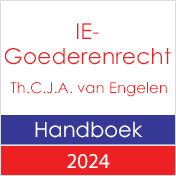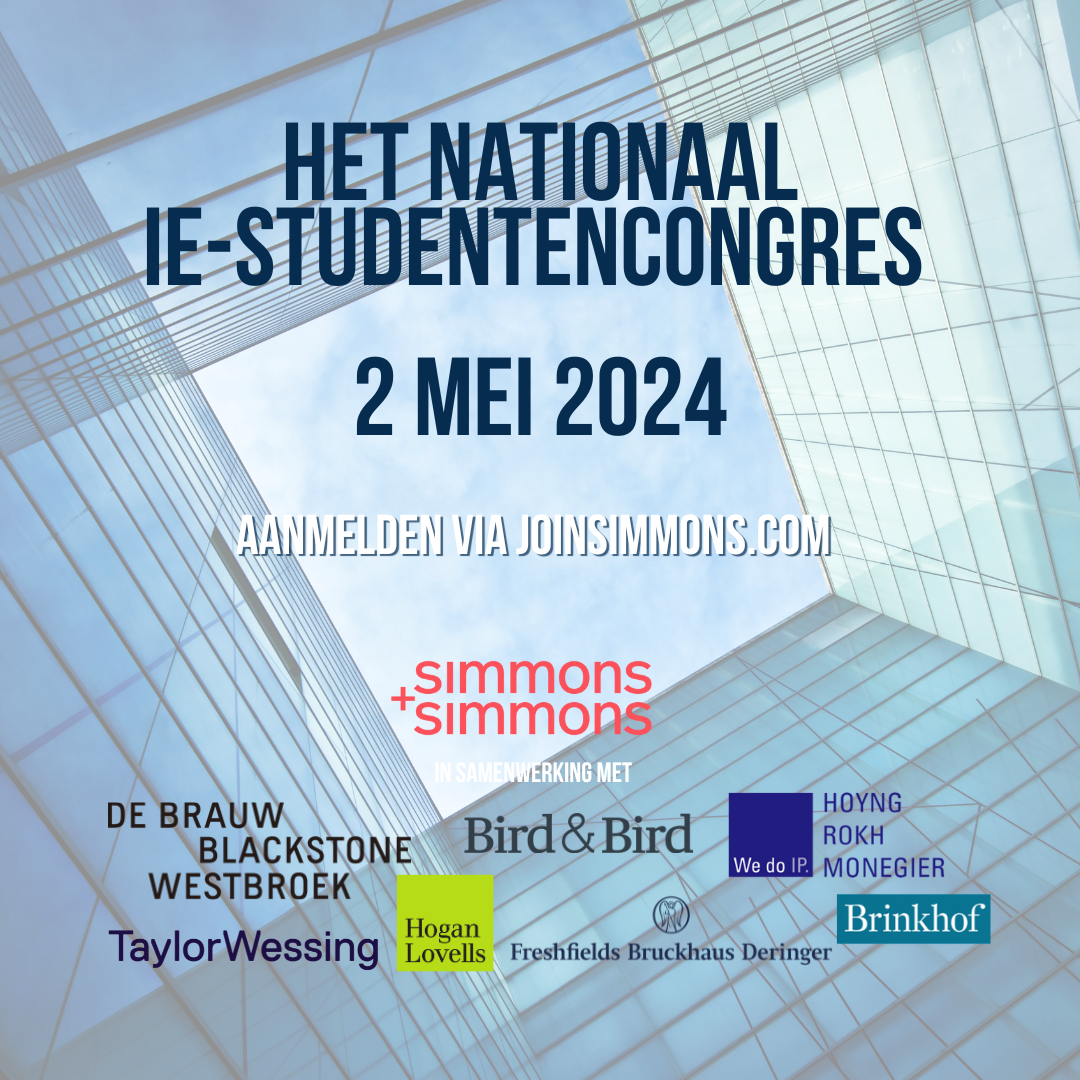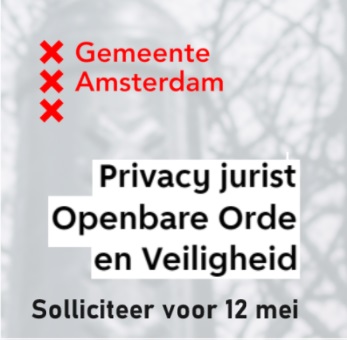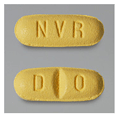 B9 10898. HvJ EU, 9 februari 2012, Beschikking in zaak C‑442/11, Novartis AG / Actavis UK Ltd (Prejudiciële vragen High Court of Justice, VK).
B9 10898. HvJ EU, 9 februari 2012, Beschikking in zaak C‑442/11, Novartis AG / Actavis UK Ltd (Prejudiciële vragen High Court of Justice, VK).
Octrooirecht. Begin februari gegeven beschikking in ABC zaak (gisteren opgemerkt door het ABC-blog). Over het vermarkten van geneesmiddelen met een werkzame stof (met ABC) in combinatie met een of meer andere werkzame stoffen.
“HvJ EU: a supplementary protection certificate granted for that ‘product’ enables its holder, after the basic patent has expired, to oppose the marketing by a third party of a medicinal product containing that product for a use of the ‘product’, as a medicinal product, which was authorised before that certificate expired.”
Novartis argues that the marketing of valsartan in combination with another active ingredient would have infringed its patent whilst it was still in force. Accordingly, since the SPC granted for valsartan confers on Novartis the same protection as it enjoyed under that patent, the marketing of valsartan after the patent expired would similarly infringe the SPC which it holds. In Novartis’s submission, any other interpretation of Regulation No 469/2009 as regards the scope of the protection of such an SPC would enable a third party to circumvent the protection conferred by a certificate for a particular product, since in order to avoid such protection it would simply be necessary for the third party to market a medicinal product combining that product with another active ingredient.
Actavis, however, argues, in essence, that the SPC held by Novartis is only for valsartan as a sole active ingredient. Therefore, the marketing of a medicinal product containing valsartan in combination with another active ingredient amounts to the marketing of a different product from the product protected by the SPC and, hence, the marketing of that different product would not infringe the rights of the holder of that SPC.
Prejudiciële vragen: Wanneer voor een product als omschreven in verordening (EG) nr. 469/20091 een aanvullend beschermingscertificaat is afgegeven voor een werkzame stof, wordt dan op de rechten die dat certificaat volgens artikel 5 van de verordening met betrekking tot het voorwerp als omschreven in artikel 4 van de verordening verleent, inbreuk gemaakt (1) door een geneesmiddel dat die werkzame stof (in het onderhavige geval valsartan) in combinatie met een of meer andere werkzame stoffen (in het onderhavige geval hydrochloorthiazide) bevat, of (2) alleen door een geneesmiddel dat die werkzame stof (in het onderhavige geval valsartan) als enige werkzame stof bevat?
Het HvJ EU oordeelt: Articles 4 and 5 of Regulation (EC) No 469/2009 of the European Parliament and of the Council of 6 May 2009 concerning the supplementary protection certificate for medicinal products must be interpreted as meaning that, where a ‘product’ consisting of an active ingredient was protected by a basic patent and the holder of that patent was able to rely on the protection conferred by that patent for that ‘product’ in order to oppose the marketing of a medicinal product containing that active ingredient in combination with one or more other active ingredients, a supplementary protection certificate granted for that ‘product’ enables its holder, after the basic patent has expired, to oppose the marketing by a third party of a medicinal product containing that product for a use of the ‘product’, as a medicinal product, which was authorised before that certificate expired.
Lees het arrest hier.



















































